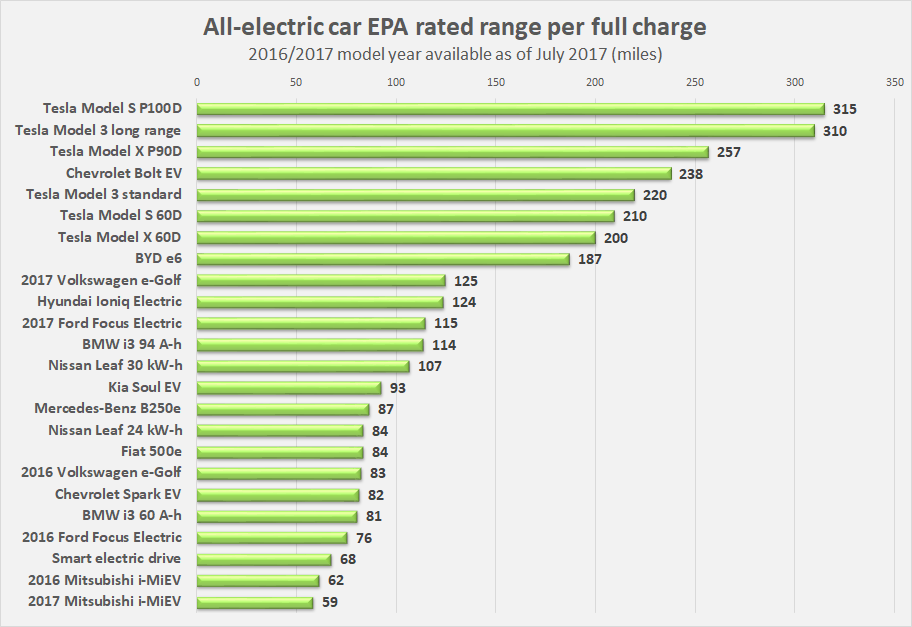not the way I read it, because it mixed up several different auto manufacturers, the content just didn't live up to the headline the way your brief synopsis is written
hence this graph which, at the bottom, confirms some the part that almost lived up to the headline, yet at the top, also confirms some of the part that did not live up to the headline
bit trite there Jon, below I've re-written my summary from #14
1. Lifetime of unit - not sure of lifetime of fuel-cell, but fuel-cell should win
2. Weight - not sure of weight of fuel-cell, but fuel-cell should win
3. Replenish time - fuel-cell wins
4. Range - fuel-cell wins
5. Cost of production of unit - currently rechargeable wins
6. Cost of infrastructure - rechargeable wins
7. End-to-end energy efficiency - rechargeable wins
8. Cost of production of "fuel" - rechargeable wins
So as a football match it's 4-all , but if you make it a rugby union match with items 5 to 8 being a try and conversion, then the score is rechargeable 28, fuel-cell 12.


